On 31 August, human bones were discovered in the famed Antikythera shipwreck, offering scientists the first hope to explore the DNA of a 1st century BC shipwreck victim.
Research partly supported through the EU-funded EXPEER project has found that plants are increasingly adapting to increasing atmospheric carbon dioxide (CO2), which could have important implications for global food security and nature conservation.
The current lack of a treatment proven effective against ‘Huntington’s disease’ (HD) is leaving one in every 10 000 people with psychiatric, movement, feeding and communication problems that are very difficult to live with. An EU consortium believes it has found the long-sought after cure and is getting very close to its first preclinical studies.
EU-funded researchers are studying how a changing climate affects hoverflies, which mimic bees and wasps, and the evolutionary consequences of these changes.
With fresh insights into navigational behavioural, the EU-funded ANT NAVIGATION project brings us a step closer to the next generation of neuroscience breakthroughs.
A new study has shown that individual mole rats perform different roles at different ages, and that age rather than caste behaviour accounts for the changes in their behaviour.
The sustainable production of pathogen-free crops is one of mankind’s most pressing concerns, given projected population growth and the threat posed by climate change to arable land. Incredibly, the study of a species of unassuming tree-dwelling beetles could hold some answers.
What can software designers and ICT specialists learn from maggots? Quite a lot, it would appear. Through understanding how complex learning processes in simple organisms work, EU-funded scientists hope to usher in an era of self-learning robots and predictive computing.
Strangely enough, cancer patients across the world seem to have come to terms with the fact that the most effective treatment against cancer - chemotherapy - actually destroys their immune system. In Latvia, however, a breakthrough virotherapy called Rigvir has been doing wonders since 2004. This new treatment, which breaks down cancer cells, simulates the immune system and promotes cancer cell suicide, will soon be brought to the rest of Europe partly thanks to EU support under Horizon 2020.
The company continues to make good progress, a little less than a month after having received Fast Track designation from the Food and Drug Administration (FDA) for its QR-010 molecule. Co-funded under H2020, QR-010 is expected to treat cystic fibrosis (CF) patients who carry the common ∆F508 mutation — that is, 70 % of CF patients.
Did you sleep badly on the night between Thursday 18 August and Friday 19 August? Perhaps you had a particularly vivid nightmare or inexplicably woke up much earlier than usual. On that night there was a particularly large full moon, known in August as a Full Sturgeon Moon. Traditionally, a full moon is not only said to be able to turn humans into werewolves, but less excitedly, is a harbinger of a restless night’s sleep.
In a newly published paper, a group of US-based scientists have argued that the female orgasm could have its roots in a mechanism for the release of eggs during sex, one that became redundant with the evolution of spontaneous ovulation.
With the start of the 2016 Summer Olympic Games in Rio de Janeiro, the use of the ancient ‘cupping’ technique by various athletes, to supposedly improve their recovery time and allow for better performance, has been one of the most commented upon aspects of the Games thus far. However, scientists are divided over whether or not the technique has actual physical benefits beyond the creation of a placebo effect.
Research stemming from the EU-funded TERRAGEN project has found that forest fragmentation has prompted a decline in species sensitive to changes in light, moisture and temperature.
As 13 August is recognised worldwide as International Left-Handers Day, there has been an increased focus over the past week on the biological and genetic causes of left-handedness in humans, as well as the health, social and economic ramifications of being a ‘southpaw’.
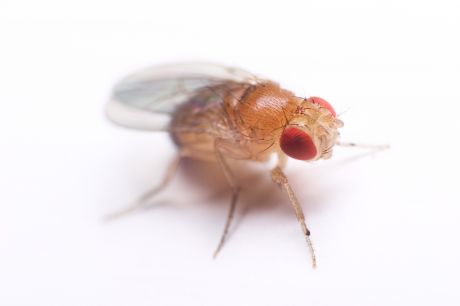
Olfaction is the sense of smell. Enabling organisms to sense different chemicals in the environment, its functions include detecting the presence of food, danger as well as courtship readiness in mates.

Heralded as the future of healthcare, personalised medicine still has a long way to go before it fully replaces traditional practices based on trial-and-error. An EU-funded project has developed a set of tools and services incorporating all legal, ethical and scientific aspects to accelerate its adoption.
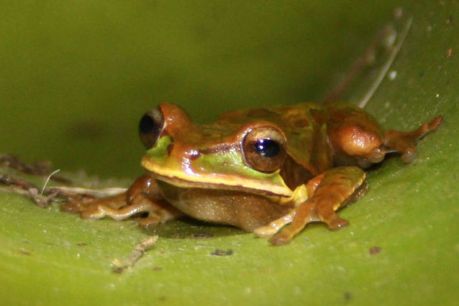
EU-funded ecologists have developed a new theory linking biodiversity to habitat loss. The work has the potential to improve global conservation efforts.
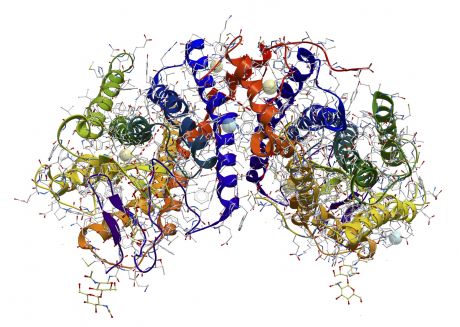
The three-dimensional structure of proteins is central to understanding their function. European researchers focused on the crystallisation of membrane-bound enzymes.
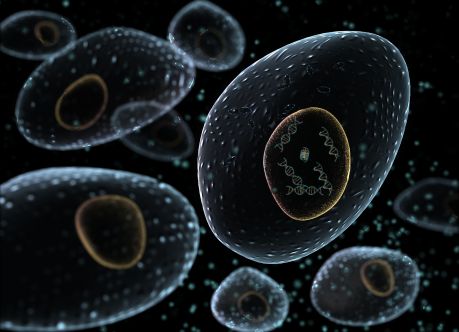
European researchers developed a novel device for visualising the formation of lipid-DNA complexes. It could be used to assess the effect of drug-delivery systems on cell structure.
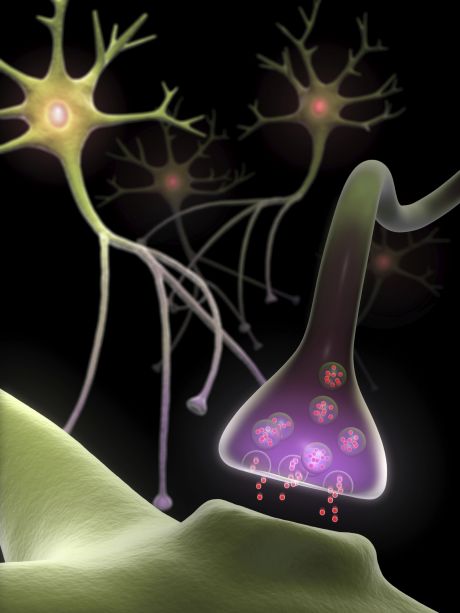
Peripheral nerve damage is a serious cause of disability. A European consortium successfully developed an artificial nerve implant to promote and support the repair of damaged nerves.

A transcontinental study of a plant in Europe and North America has revealed some of the mechanisms behind the success of invasive plant species
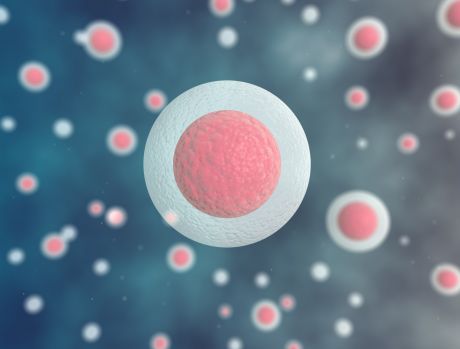
European researchers investigated the structure and activity of a family of proteins responsible for transporting metals out of cells. The results of the study can help prevent metal toxicity in humans and plants.

Hosts and pathogens have evolved defensive and counter-defensive strategies with small RNAs acting as key regulators. Researchers studied fungal-plant interactions to elucidate these mechanisms and understand their implications.
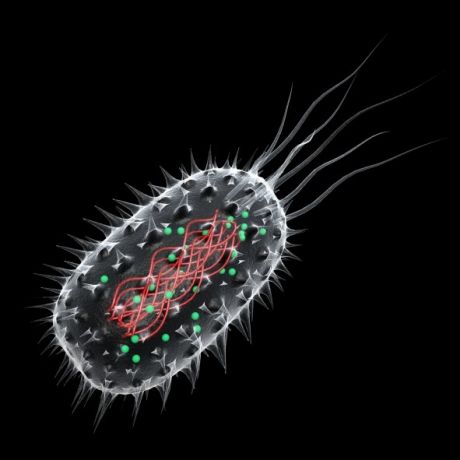
Cilia are microtubule-based cell protrusions with sensory and locomotory functions. Katanin, the microtubule severing protein and changes in the level of tubulin posttranslational modifications affect assembly of proper cilia structure and may represent the underlying cause in ciliary genetic disorders.









